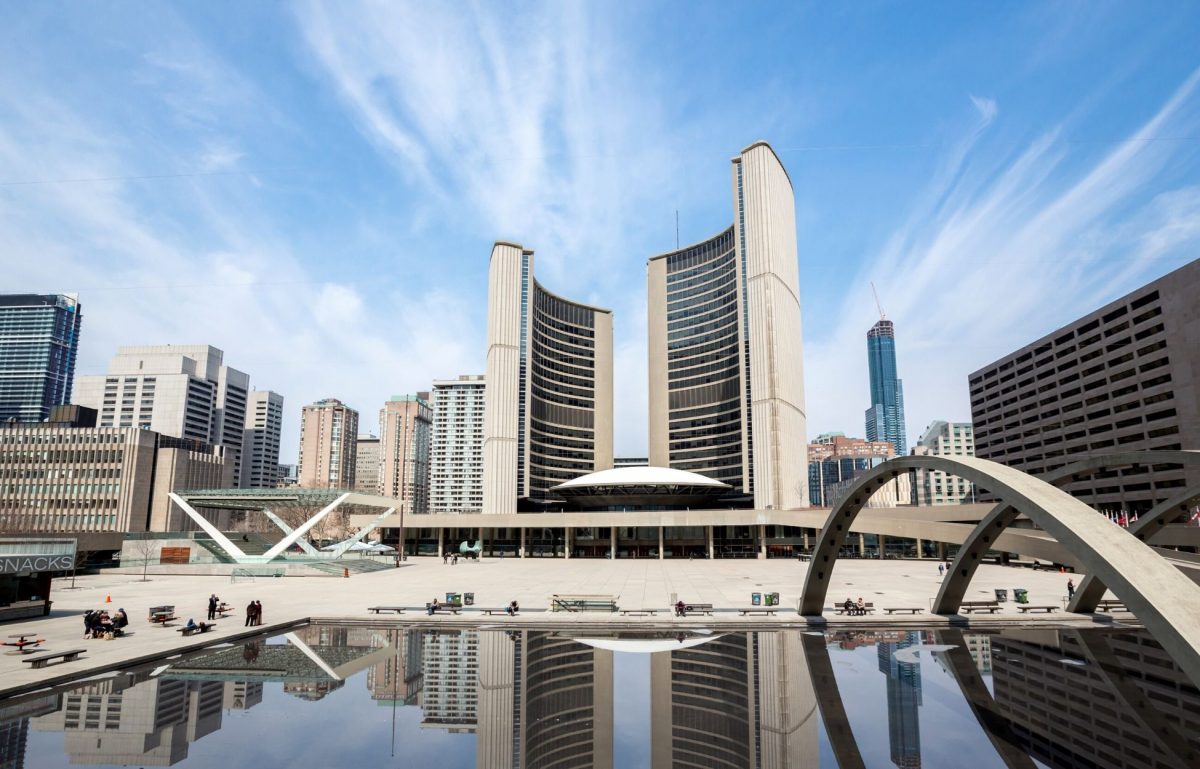When many people see a living, breathing city for the first time, they can’t get over how complicated it is. There are so many moving pieces weaving around one another, from buses, bikes, and cars to construction crews, semi-trucks, and pedestrians. There are buildings on almost every inch of land, all with signs appealing to would-be customers or noting where a business resides.
Given the bustle, it’s no surprise that cities are often unsafe. To learn how to design safe cities, consider these three practical measures.
Prioritize Pedestrians & Bicyclists
On roadways full of heavy and fast-moving vehicles, pedestrians and bicyclists are at a significant disadvantage in the event of a collision. The trouble today is that though some cities such as Madrid keep cars off roads to limit pollution and open them up to pedestrians instead, too many cities still prioritize cars over everything else. While slowing cars down is one tact to take, you can go further.
There’s a growing desire for complete streets that accommodate every person traveling through the urban sprawl. Some features that would get you closer include:
- Raised crosswalks
- Median pedestrian islands
- Curb cuts (ramps where the sidewalk and road meet)
- Fewer turn-right-on-red intersections
- Protected bicycle lanes
Clarify Road Signage
While complete streets are ideal, thoughtful signage is the first step in how to get there. With so many modes of transportation, looking for one unified system and several types of signs that will work together is no small task. Consider whether a sign that pertains to walkers is visible to them, or if a cyclist has a clear view as they traverse their right-hand lane.
Provide Ample Lighting & Private Rest Areas
Not every way to design safe cities has to do with roadways. For kids and women, in particular, walking the sidewalks is a dangerous proposition, especially at night. For this reason, cities must provide adequate lighting to dissuade would-be attackers from getting a victim alone and away from the line of sight of witnesses.
Also, public rest areas with proper privacy measures ease the minds of vulnerable people. They can act as a safe point for people who are worried that someone’s following them and generally allow every individual to use the bathroom in peace.
However you approach city safety planning, know that it’s a comprehensive mission that deserves attention to many different perspectives.













